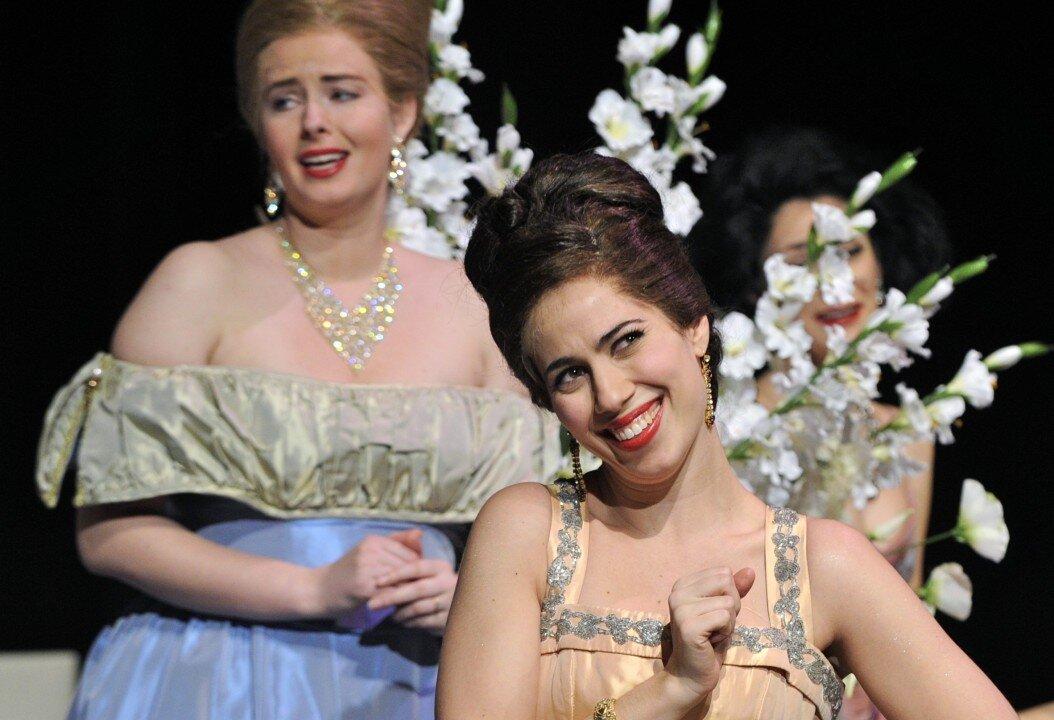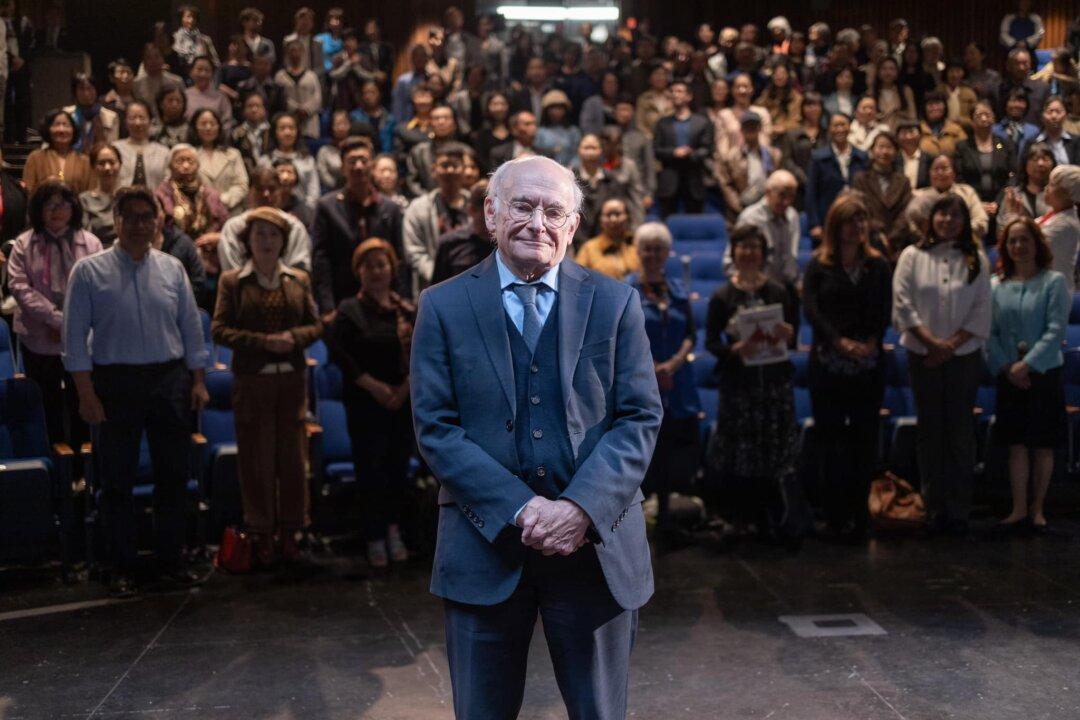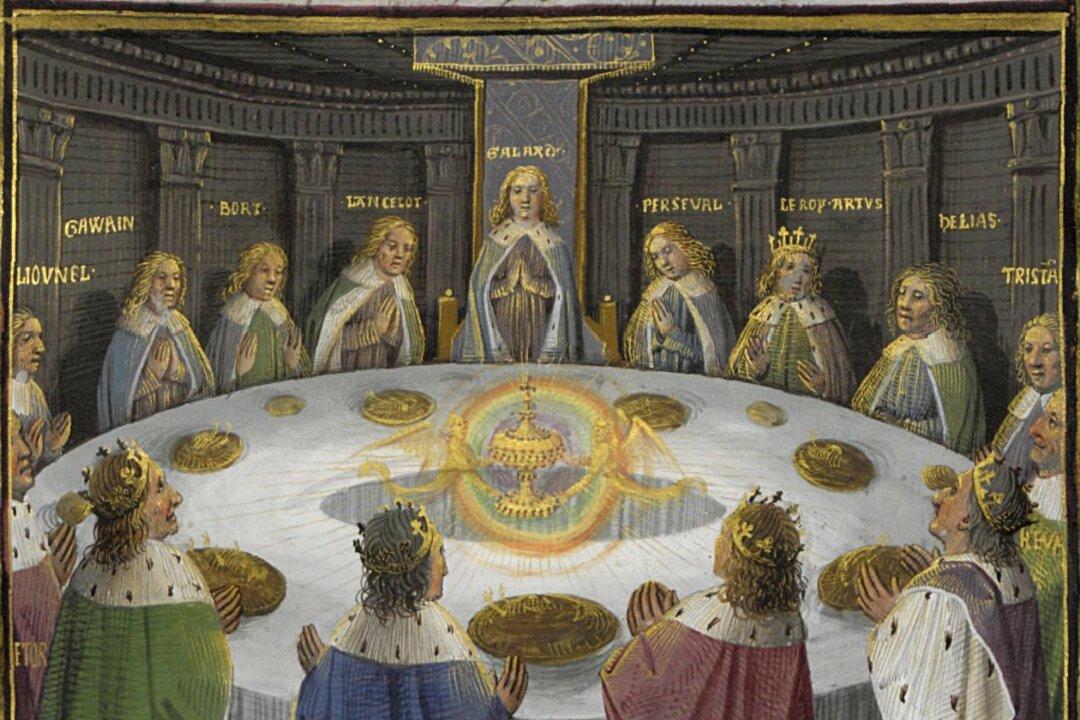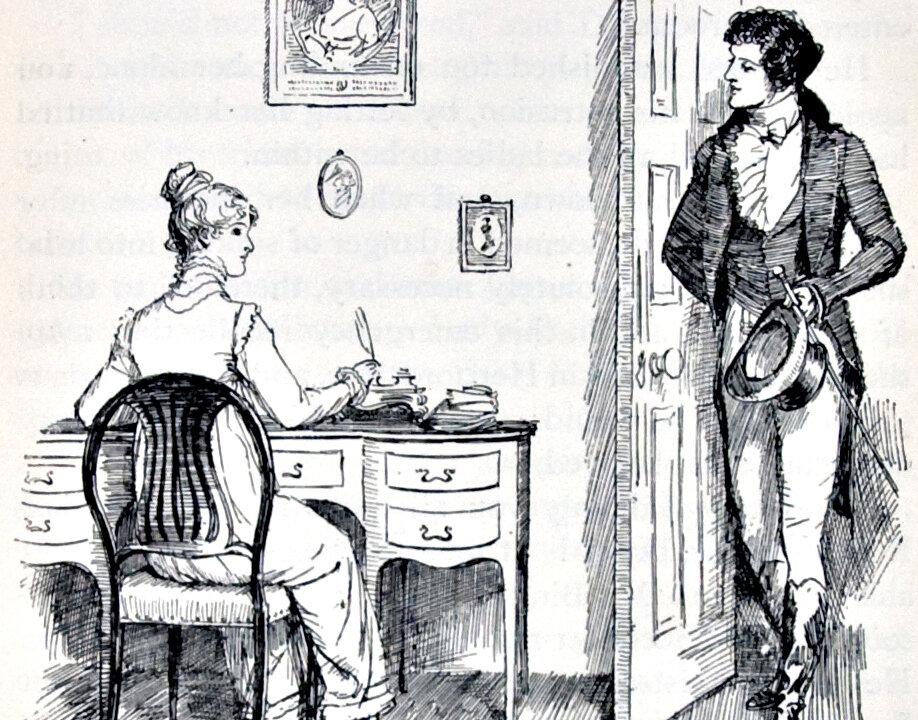You hear the word “operetta” and it almost sounds like a little opera. Perhaps a shorter version, perhaps less fancy.
Yet the operetta has little resemblance to opera, and, notwithstanding its name, is closer to music theatre, according to Guillermo Silva-Marin, general director of the Toronto Operetta Theatre (TOT).
“Operetta has always been a distinct departure from opera—it has dialogue, nobody dies in operetta, there is folklore, there is comedy, there is a romance,” explains Silva-Marin.
“Some of that exists in opera, but operetta is more on the effervescence of things, more on the fun of things, and so it was easy to call it operetta then (in the 19th century and early 20th century), and it’s easier to call it music theatre now.”
Those who enjoy more serious works tend to prefer the opera, while those who like light-hearted entertainment gravitate to the operetta and music theatre, says Henry Ingram, the TOT’s director of marketing and publicity.
As such, many fans of musicals, such as “My Fair Lady” and “South Pacific,” might also find that they enjoy a classic 19th century operetta such as “Die Fledermaus.”
“The operetta was the first Broadway musical, if you will. Works such as ‘The Merry Widow’ and ‘Die Fledermaus’ are essentially the same format of music as the Broadway musical—light-hearted stories, lots of romance, lots of fun, dancing, witty dialogue, great tunes that you can hum,” says Ingram.
“For instance, ‘Gigi’ by Lerner & Loewe is a Broadway musical in the form of an operetta but it was written specifically for the movies.”
Developed and popularized in the 19th century, the operetta gradually evolved into music theatre in the 1920s and 1930s.
“One of the most classic operettas of the new era is ‘My Fair Lady.’ ‘My Fair Lady’ is a phenomenal operetta but it’s not called an operetta, it’s called music theatre,” says Silva-Marin.
“We should call ourselves The Toronto Music Theatre Company,” he adds, laughing.
‘Canada’s lyric leader’
Now in its 29th season, the TOT describes itself as “Canada’s lyric leader.” Since its debut in 1985, the theatre has set out to produce works of classical operetta, zarzuela, light opera and music theatre. Some of its most recognizable productions include Strauss’s “Die Fledermaus” as well as Gilbert and Sullivan’s “The Mikado” and “The Pirates of Penzance.”







